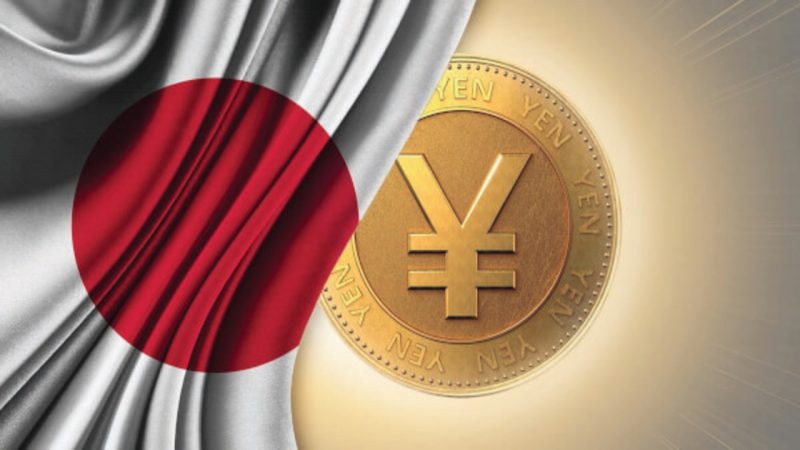The Bank of Japan recently revealed the results of its second phase CBDC Proof-of-Concept (PoC) experiment. The report chalked out that the PoCs were completed in FY2022, as initially scheduled. In fact, the experiment also went on to achieve its “desired objectives.” The Bank of Japan further went on to underline that the digital yen pilot project was launched on schedule in April. Specifically, the report noted,
“We have launched in April 2023 and are proceeding with the pilot program.“
The end-to-end process flow will be tested in the pilot program. Alongside, the measures and potential challenges for connection with external systems will be explored. Parallelly, considerations and solutions indicated as necessary in the PoCs will also be scouted. Furthermore,
“A CBDC Forum will be established with a view to proceeding with institutional arrangements for CBDC in an appropriate manner, and ideas and insights set out by private businesses related to retail payments will be drawn upon to deepen the study.”
Also Read: SBI Japan Looking To Use Ripple To Bolster Its Web3 Business
100,000 users took part in the CBDC experiment
As per the report, the second PoC phase tested technology to implement upper limits on CBDC holdings. Specifically, the bank labeled the same to be “safeguards ensuring the stability of the financial system” in case of a sudden shift from bank accounts to the digital yen CBDC. Additionally, user convenience in initiating and scheduling payments was also inspected. Experiments related to the database language and ledger design and a flexible-value token model were tested in the backend. Additionally, an orchestration system was implemented to cater to multiple transactions with the same account faster.
Also Read: Japan: 3 Domestic Banks To Start ‘Stablecoin Experiment’
Specifically, 100,000 users were a part of the experiment. The number of intermediaries, on the other hand, was set to 5, while the load for the basic function of transaction instructions was set to 500 TPS for the base scenario. Contrastingly, for a high-load scenario, the TPS was set as 3,000. Privacy and offline payments were other facets that were discussed.
BOJ Executive Director Shinichi Uchida had stated in the past that exploring a CBDC framework in a phased manner and engaging in transparent communication with the private sector were necessary steps to take for adoption in society. The latest report went on to highlight,
“Whether to issue a CBDC should be decided by discussions among the Japanese public.”
Also Read: Crypto: Japan to Enforce Stricter AML Measures From June 1





